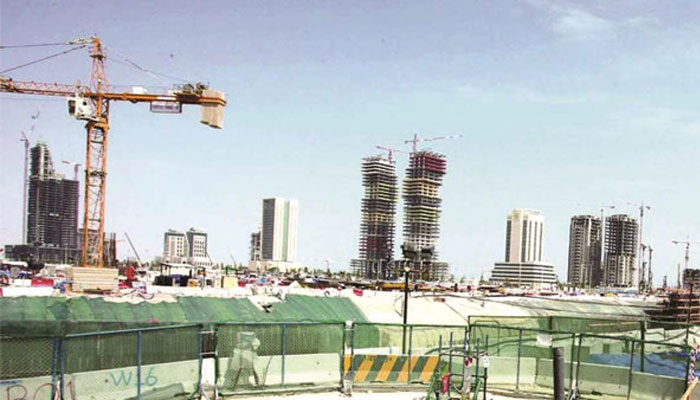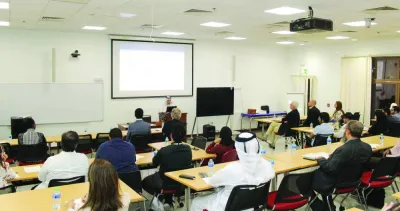By Pratap John/Chief Business Reporter
Buoyed by huge government investment, a stable business environment and growing consumer demand, Qatar is the fastest growing construction and infrastructure market in the GCC region, BMI Research has said in a report.
With full-year 2014 real growth standing at 18%, BMI Research said its “bullish” growth forecasts for Qatar's construction sector are "on track".
BMI's 10-year forecasts are for an annual average real growth rate of 10.2% in Qatar's construction industry, although it notes that growth will be elevated in the run-up to the 2022 FIFA world cup, averaging 11.4% between 2015 and 2022. The industry is navigating capacity constraints seemingly well, although BMI report says price pressures will be felt over the medium term.
BMI's Country Risk team believes Qatar's economic activity will continue to expand at a strong pace throughout 2015, driven primarily by growth in the non-oil sector.
Therefore, it said the “dramatic” fall in oil prices seen over recent quarters will have little impact on Qatar’s growth.
Robust private consumption, on the back of a fast-growing population, large government spending commitments, and continued progress on infrastructure projects will lead the residential and non-residential sector, in particular, to outperform over the long term.
Oil prices are a minimal downside risk according to BMI forecast, given Qatar is the “least exposed” out of the six GCC economies to the drop in oil prices, and the research firm does not expect government spending or consumer confidence to be impacted over the coming quarters.
Qatar's fiscal breakeven price is estimated to be $58 per barrel, and although BMI forecasts $59 oil in 2015, the long-term nature of the country's liquefied natural gas (LNG) contracts will delay the impact of lower hydrocarbon prices on government revenues.
In November 2014, the announcement that the 2015-16 budget will see a 16% increase in infrastructure spending to $24bn, supports BMI’s view that despite lower oil prices, which will affect the price Qatar can sell its LNG for, infrastructure spending will be insulated.
Ahead of the 2022 FIFA World Cup and in line with the country's 2030 Vision development plan, Qatar's spending on infrastructure is expected to reach about $150bn over the next decade.
A series of projects are in the pipeline, including a $20bn investment in roads; $40bn to be invested in railways; $4bn to be invested in stadiums; $8bn to be spent on a deep-water seaport; tens of thousands of hotel rooms to be built and even a new city.
With around $67bn of transport projects recorded in BMI’s Infrastructure Key Projects Database at the planning stage or under construction, in addition to the announcement of the expansion of the new Hamad International Airport, the researcher has a bullish outlook for the sector, with real growth over the 2015-2019 period forecast to average 8.4%.
The energy and utilities sector has been a major target for investment by the Qatari government, with plans to invest $22bn in its power and water infrastructure up to 2020, according to the Qatar Electricity & Water Company (Kahramaa).
Qatar has budgeted for $4.1bn to be spent up to 2015 on electricity and water projects. The planned upgrades include 140 electricity substations and the addition of more than 2000MW of electricity generation capacity.
It is the residential and non-residential building sector which will be the major driver of growth in Qatar's construction industry over the long term. Leveraging off improved infrastructure and the World Cup, developers are building major residential projects and the social infrastructure to go with them.
Coupled with the hotels and stadiums being prepared for the World Cup, BMI sees strong average real growth of 13.8% over its forecast period from 2015-2024.
“We note growth will accelerate in the run-up to 2022, but will falter in the aftermath of the World Cup - although Qatar's Vision 2030 should keep growth positive,” BMI added.



